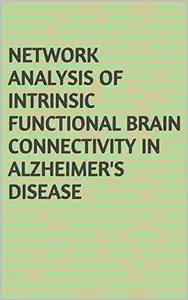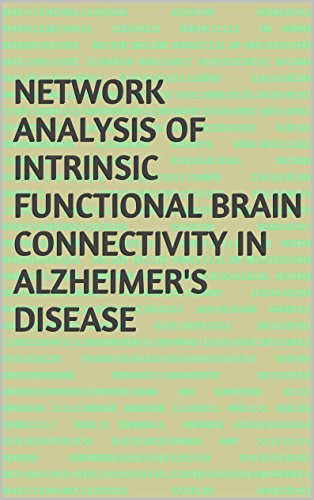Network Analysis of Intrinsic Functional Brain Connectivity in Alzheimer's Disease by Various Authors
English | May 1, 2015 | ASIN: B00X1GLGM6 | 67 Pages | EPUB/AZW3 | 882.15 KB/1.03 MB
English | May 1, 2015 | ASIN: B00X1GLGM6 | 67 Pages | EPUB/AZW3 | 882.15 KB/1.03 MB
Functional brain networks detected in task-free (“resting-state”) functional magnetic resonance imaging (fMRI) have a small-world architecture that reflects a robust functional organization of the brain. Here, we examined whether this functional organization is disrupted in Alzheimer's disease (AD). Task-free fMRI data from 21 AD subjects and 18 age-matched controls were obtained. Wavelet analysis was applied to the fMRI data to compute frequency-dependent correlation matrices. Correlation matrices were thresholded to create 90-node undirected-graphs of functional brain networks. Small-world metrics (characteristic path length and clustering coefficient) were computed using graph analytical methods. In the low frequency interval 0.01 to 0.05 Hz, functional brain networks in controls showed small-world organization of brain activity, characterized by a high clustering coefficient and a low characteristic path length. In contrast, functional brain networks in AD showed loss of small-world properties, characterized by a significantly lower clustering coefficient (p<0.01), indicative of disrupted local connectivity. Clustering coefficients for the left and right hippocampus were significantly lower (p<0.01) in the AD group compared to the control group. Furthermore, the clustering coefficient distinguished AD participants from the controls with a sensitivity of 72% and specificity of 78%. Our study provides new evidence that there is disrupted organization of functional brain networks in AD. Small-world metrics can characterize the functional organization of the brain in AD, and our findings further suggest that these network measures may be useful as an imaging-based biomarker to distinguish AD from healthy aging.



